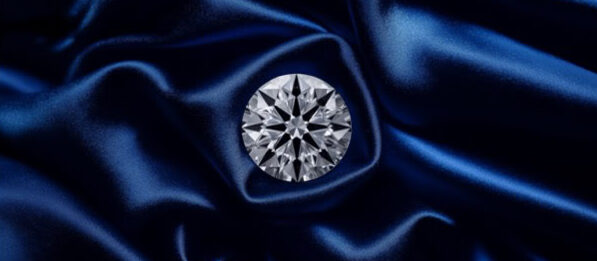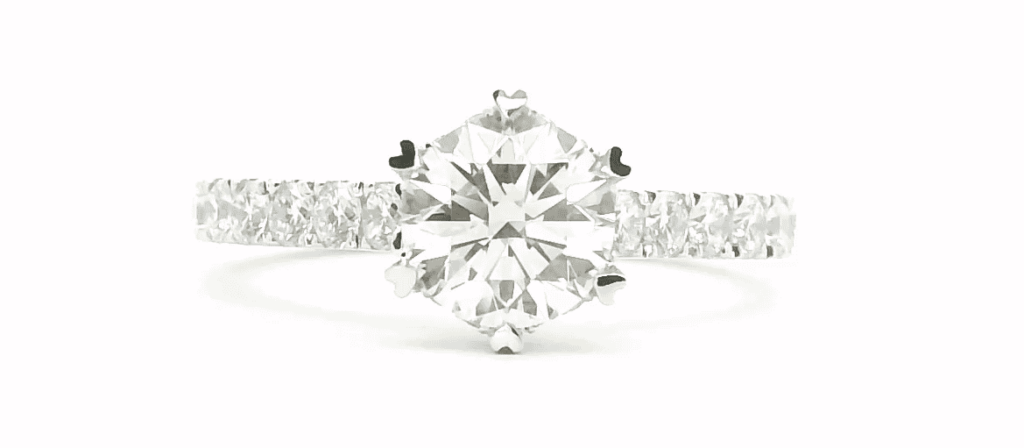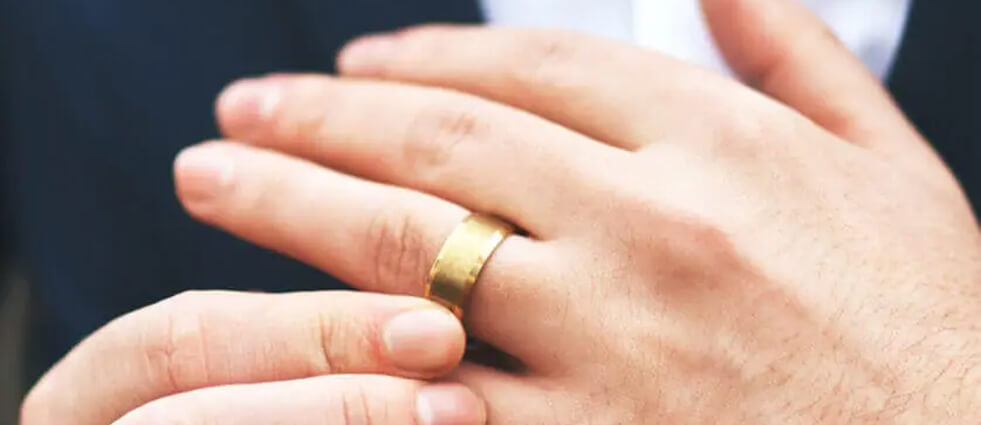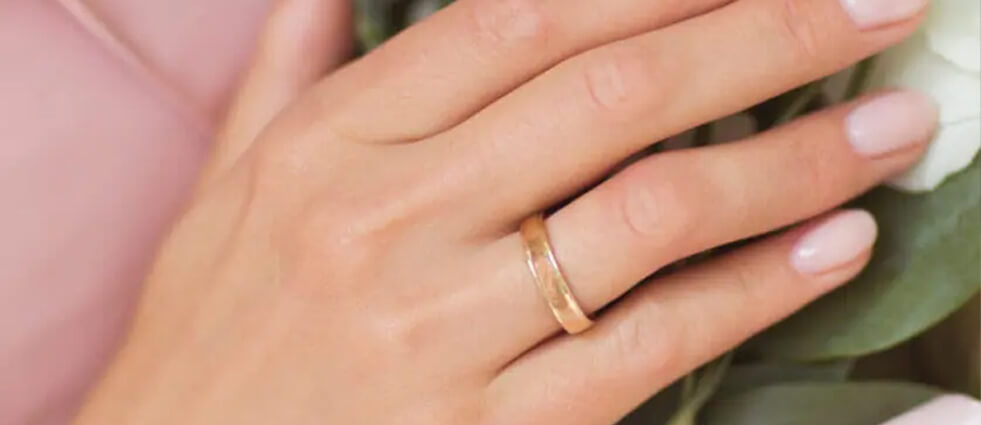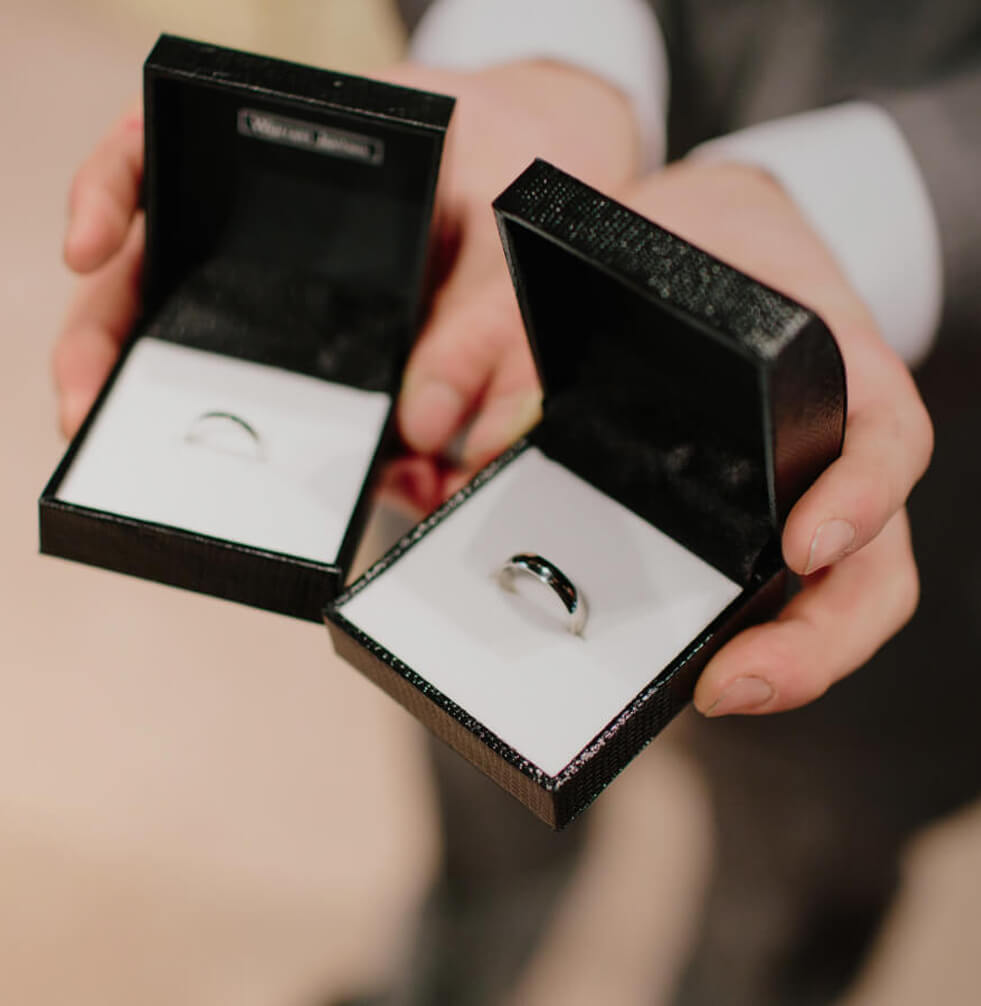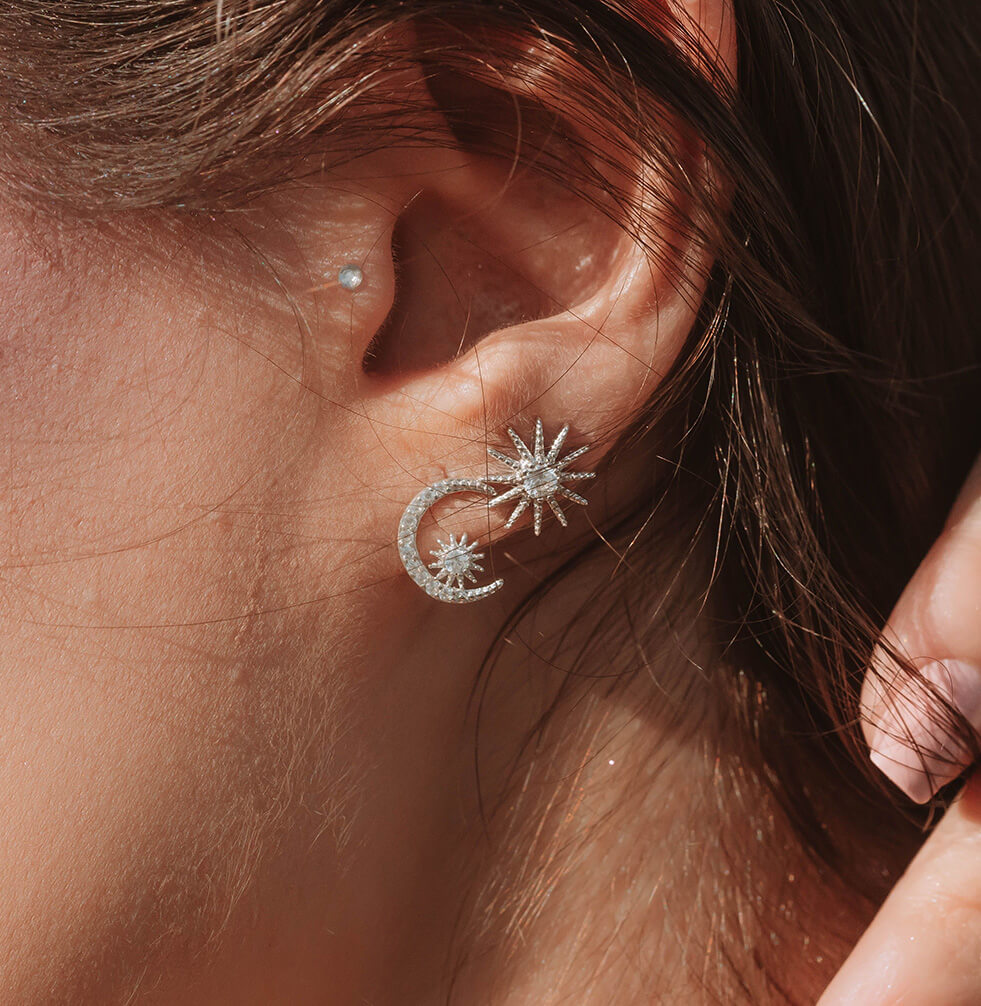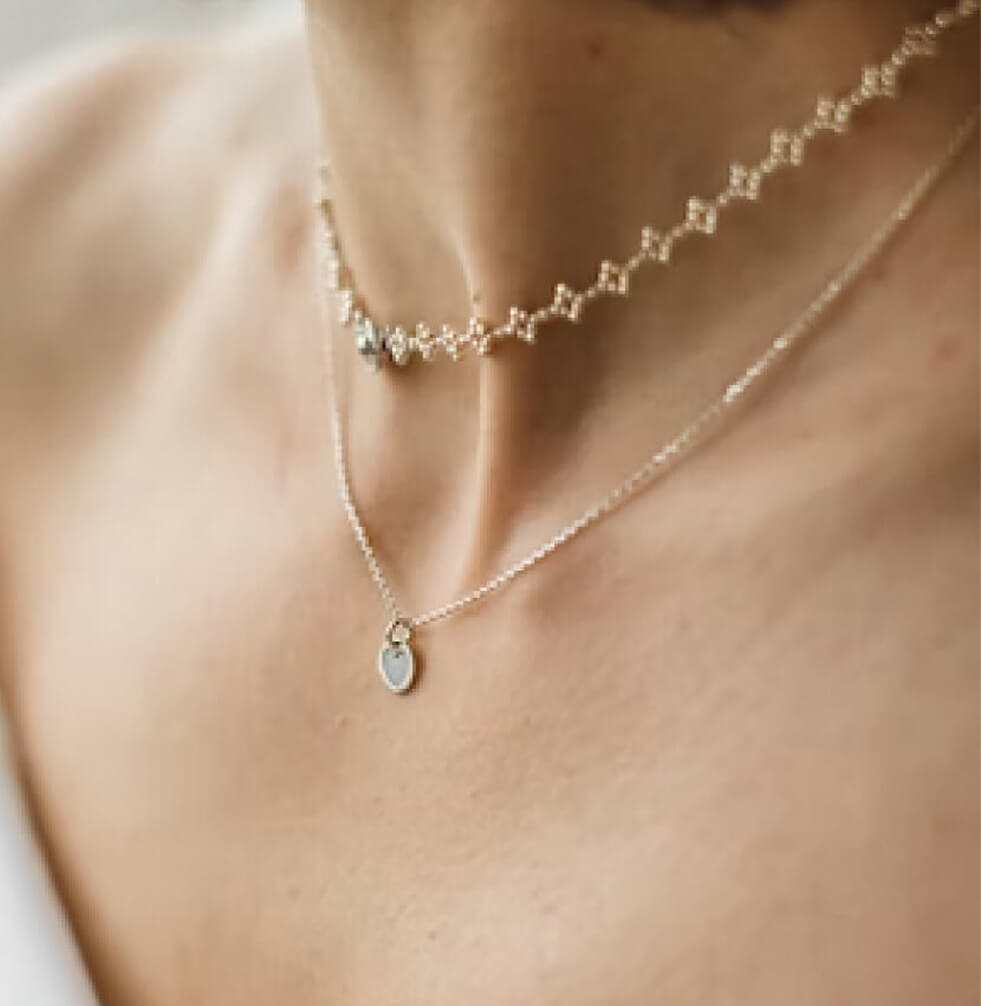Natural Diamonds: Formation and Mining
A Guide for Singaporean Couples Shopping for the Perfect Diamond
When you think of diamonds, you might picture their brilliance and elegance—but behind every stunning gemstone is an extraordinary journey that began deep within the Earth billions of years ago. For Singaporean couples looking to purchase a diamond for their engagement or wedding ring, understanding how diamonds are formed and mined isn’t just an interesting story—it’s key to making an informed, ethical, and confident purchase.
At Diamond Ateliers, we believe in transparency. We’re here to guide you through the process, from the formation of diamonds in nature to how they’re brought to your ring, so you can confidently choose the perfect stone. Let’s dive in and explore the incredible world of diamonds.
The Geological Formation of Diamonds
Natural diamonds form deep within the Earth’s mantle, where extreme heat (around 1,000 degrees Celsius) and immense pressure force carbon atoms to crystallise into diamonds. This process takes anywhere from 1 to 3 billion years, making each diamond an ancient marvel of nature. For Singaporean couples, understanding this timeline highlights the uniqueness and rarity of the gem you’ll be wearing for life—a true testament to your enduring love.
Diamonds don’t remain hidden deep underground—they are brought to the Earth’s surface through a rare and remarkable process involving volcanic activity. Here’s how it happens:
Diamond Formation Deep in the Mantle
Natural diamonds form about 150 to 200 kilometres beneath the Earth’s surface, in the mantle, where carbon atoms crystallise under extreme heat and pressure. These conditions are what create the unique and precious gemstones we know as diamonds.
Volcanic Eruptions: The Journey Begins
For diamonds to make their way to the surface, they need a powerful geological event. This occurs through a rare type of volcanic eruption that acts like a natural “express elevator.” Unlike typical slow-moving lava flows, these eruptions are rapid and violent, carrying diamonds embedded in magma from deep within the mantle up toward the Earth’s surface.
Kimberlite Pipes: The Diamond Highway
As the magma ascends, it forms vertical, tube-like structures known as kimberlite pipes. These pipes are composed of a special volcanic rock—kimberlite—that contains diamonds and other minerals. These eruptions happen quickly enough to preserve the diamond’s structure, ensuring the crystals don’t revert to their more common carbon form—graphite.
Solidification and Exposure
Once the magma reaches the Earth’s surface, it cools and solidifies into kimberlite rock, trapping diamonds inside. Over millions of years, erosion breaks down the kimberlite, releasing diamonds into riverbeds or leaving them close to the surface. These exposed diamonds are then recovered through various mining techniques, which we explore further in this article.
Diamond Mining: Methods and Techniques
Open-Pit Mining
When diamonds are close to the surface, open-pit mining is used. Large amounts of rock and soil are excavated to expose the diamonds, making this a common method for more accessible diamond sources. For those shopping for diamonds in Singapore, this method can influence pricing—mined diamonds from open pits are generally more affordable, making them a great choice for couples looking for value without compromising on quality.
Underground Mining
Deeper diamond deposits require underground mining, which involves creating tunnels beneath the Earth’s surface to extract diamonds. This process is more labour-intensive and costly, which can affect the price of the diamonds. Singaporean buyers interested in rare, high-quality stones might prefer diamonds sourced from these deeper deposits for their exclusivity.
Alluvial Mining
Diamonds can also be found in riverbeds through alluvial mining, which extracts diamonds that have been transported by water over millions of years. Alluvial diamonds often come with a unique backstory, adding another layer of significance for those looking to personalise their engagement rings. Knowing where your diamond originates from, whether through alluvial or traditional mining, helps ensure you’re making an ethical choice.
Does the Mining Method Affect Diamond Pricing?
Yes, the method by which a diamond is mined can impact its price, but not always in a straightforward way. Several factors contribute to pricing, including the cost of extraction, rarity, and labour involved. Let’s break this down by mining type:
Open-Pit Mining and Pricing
Open-pit mining is generally more cost-effective because it targets diamond deposits close to the surface. Large quantities of rock and soil are removed to access diamonds, but since the mining is less labour-intensive and more mechanised, the diamonds mined through this method tend to be more affordable. For couples in Singapore seeking good value without compromising on quality, diamonds from open-pit mines can be a practical choice. These diamonds are often just as beautiful as those from deeper sources but come at a more accessible price point.
Underground Mining and Pricing
Underground mining, by contrast, is more expensive due to the complexity of the extraction process. Creating deep tunnels and safely removing diamonds from significant depths requires more manpower, time, and advanced technology. These factors drive up the cost of the diamonds sourced from underground mines. For Singaporean buyers who are in search of exclusive, rare diamonds, these stones may be more appealing due to their higher quality, rarity, or larger size, but they usually come with a premium price tag.
Alluvial Mining and Pricing
Alluvial diamonds are found in riverbeds, often deposited there by water after being transported from their original source over millions of years. The cost of alluvial mining can vary. Since these diamonds are typically scattered and found in smaller quantities, the process can be labour-intensive. However, the appeal of alluvial diamonds often lies in their unique history, which can elevate their perceived value. In some cases, alluvial diamonds may fetch higher prices because of their individual characteristics and the effort required to retrieve them.
The Journey from Rough Diamonds to Polished Stones
What Are Rough Diamonds?
Rough diamonds are exactly what they sound like—uncut, unpolished gems in their natural state. These diamonds often show little of the brilliance we associate with polished gems. What makes rough diamonds truly special is their natural characteristics, including colour and clarity, which form over billions of years.
- Colour: The colour of a diamond is determined by natural processes, with colourless diamonds being the rarest and most valuable. Impurities during formation can result in yellow or brown hues, while trace elements like boron can cause rare blue diamonds. Learn more about diamond colour in our comprehensive guide.
- Clarity: The clarity of a diamond refers to the number of internal or external imperfections formed during its creation. The fewer the inclusions, the higher the clarity. Check out our detailed guide on diamond clarity.
- Carat: Carat weight is influenced by the size of the rough diamond. Larger diamonds are rarer, making them more valuable. Discover more about diamond carat and how it impacts your final choice.
Cutting and Polishing
Once rough diamonds are extracted, the next critical step is cutting and polishing, which transforms the raw stone into the brilliant gems we know. The decision on how to cut a diamond depends on several factors:
- Maximising Value: If the rough diamond has potential for a high-quality cut, it may be worth losing some carat weight to achieve the perfect sparkle. On the other hand, a rough diamond that’s naturally large might be cut to preserve carat weight, even if it results in a less optimal cut. Learn more about how the cut affects a diamond’s brilliance in our guide on diamond cuts.
- Balancing Beauty and Size: For Singaporean couples, this trade-off is important. Do you want maximum sparkle or are you looking for a larger stone? Our expert jewellers at Diamond Ateliers can help you navigate this decision, ensuring that your ring matches your style and preferences.
Ethical Considerations in Diamond Mining
The Environmental Impact of Diamond Mining
Mining for diamonds has a significant environmental impact. Open-pit and underground mining can lead to deforestation, soil erosion, and heavy water usage, affecting local ecosystems. For many ethical consumers in Singapore, these factors are essential when choosing a diamond.
Open-Pit Mining: Environmental Impact
Open-pit mining, while cost-effective, can have significant environmental consequences. Large amounts of earth and vegetation are removed, leading to habitat destruction and potential pollution of nearby water sources. Ethically sourced diamonds from open-pit mines should adhere to environmental regulations and rehabilitation efforts, ensuring that the land is restored after mining operations cease. When shopping for diamonds, Singaporean customers may want to inquire whether the open-pit mines follow ethical practices like the Kimberley Process, which ensures that diamonds are conflict-free.
Underground Mining: Labor and Environmental Concerns
Underground mining is more labour-intensive and poses greater risks to miners due to the dangerous working conditions. Ethically operated underground mines prioritise worker safety and ensure fair wages and working conditions. Additionally, while underground mining tends to have a lower surface-level environmental impact than open-pit mining, the extraction process can still contribute to carbon emissions and water contamination. Ensuring that diamonds come from ethically managed underground mines is crucial for responsible consumers.
Alluvial Mining: Human Rights and Environmental Safeguards
Alluvial mining, particularly in regions like Africa, can sometimes involve unregulated, small-scale operations that may not adhere to ethical labour practices. Unethical alluvial mining can exploit workers or even use child labour in certain areas. However, when ethically managed, alluvial mining offers opportunities for smaller communities to benefit from diamond sales. Certified, conflict-free alluvial diamonds often come from regulated sources, making them a good option for those concerned with supporting local economies and ethical sourcing. The environmental impact of alluvial mining is generally less severe compared to open-pit mining, but it can still disrupt river ecosystems if not managed responsibly.
Efforts Toward Sustainable Mining
Fortunately, the diamond industry is increasingly focused on sustainability. Initiatives like the Kimberley Process aim to prevent conflict diamonds from entering the market, ensuring ethical sourcing. When buying diamonds in Singapore, knowing that your diamond is ethically sourced is not just a luxury—it’s a responsibility we all share.
Why Knowing the Origin of Your Diamond Matters
As a couple shopping for diamonds in Singapore, understanding where your diamond comes from and how it was mined helps you make informed, ethical choices. By knowing the diamond’s origin, you can trace its journey from the mine to your finger, ensuring that it aligns with your values and preferences.
At Diamond Ateliers, we prioritise transparency in our sourcing process. Every diamond we offer is carefully selected and ethically sourced, giving you peace of mind as you make this important decision. Additionally, we offer the option of lab-grown diamonds, which provide an eco-friendly and ethically responsible alternative. To learn more about these innovative choices, check out our article on lab-grown diamonds.
For more insights into selecting the perfect diamond in Singapore, check out our Find Your Perfect Diamond in Singapore guide.
Conclusion: Crafting Your Perfect Diamond Ring in Singapore
Understanding the formation, mining, and journey of diamonds gives you a deeper appreciation for these remarkable stones. Whether you’re looking for a large, brilliant diamond or something more subtle and unique, knowing the diamond’s backstory helps you make a more informed choice.
At Diamond Ateliers, we work directly with manufacturers, which allows us to offer you the highest quality diamonds without the hefty retail markup. We’re here to guide you through every step of the process, ensuring that your ring is as unique as your love story. For a more detailed look at how we can help you create the perfect ring, visit our Ring Customization Process.
Ready to find the diamond of your dreams? Let’s start your journey today. Learn more about how we ensure affordability without compromising quality.

